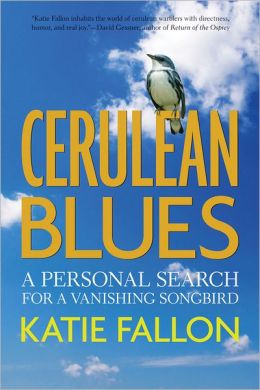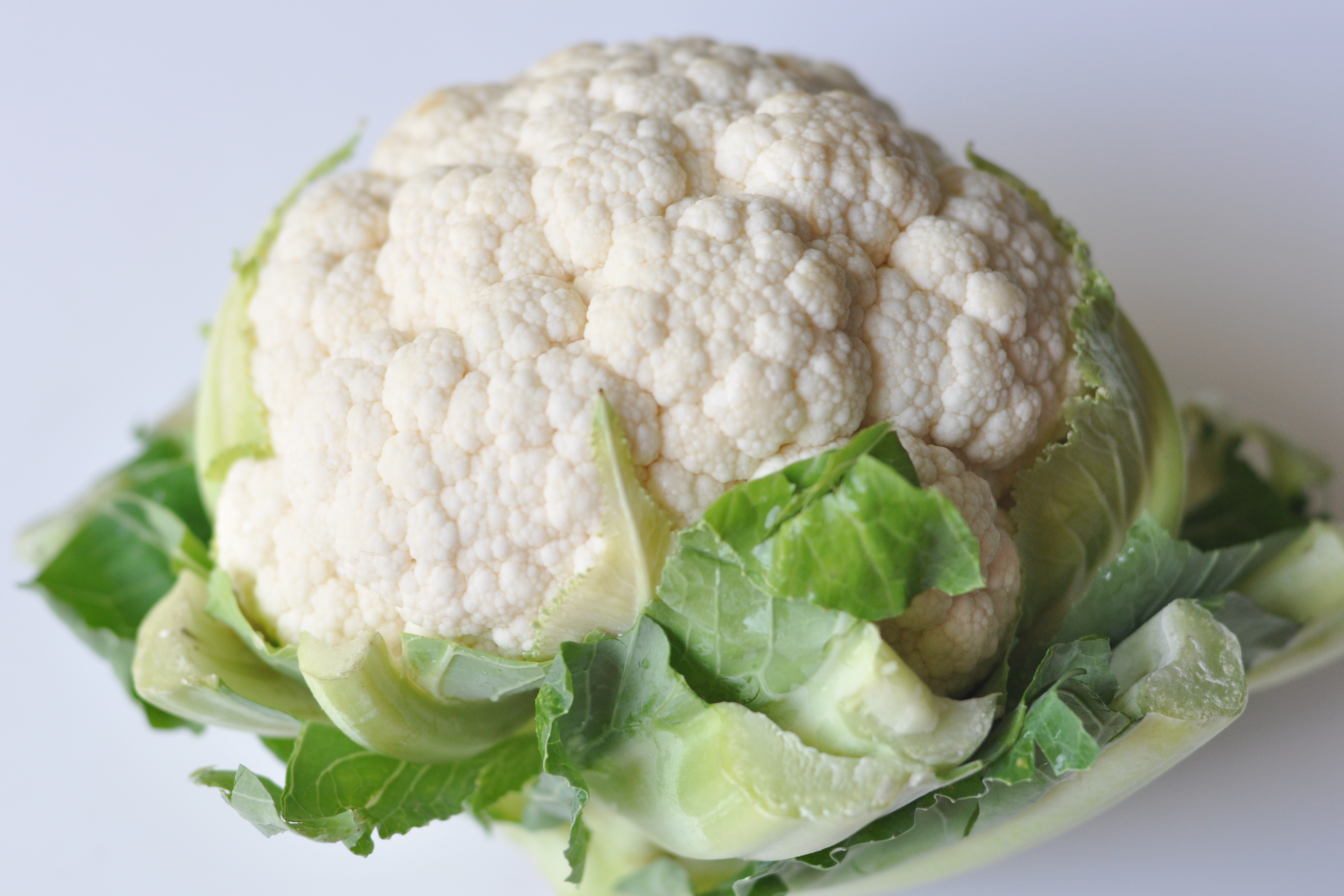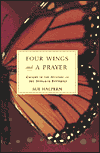 I know it’s meat-free Friday, but let’s be honest – we won’t be eating dinner tonight. It’s all candy, all the time, tonight! Did you know there’s a connection between orangutans and Halloween? It turns out that orangutans live in tropical rainforest that is threatened by the production of palm oil. This palm oil is used in many food products including, you guessed it – many Halloween candies. But there’s good news! A group of snack and candy producers has formed the Roundtable on Sustainable Palm Oil (RSPO) which pledges to only use palm oil farmed using sustainable methods. Here’s some candy that’s part of the RSPO pledge – all of the sweets and none of the guilt! For more info, see www.rspo.org
I know it’s meat-free Friday, but let’s be honest – we won’t be eating dinner tonight. It’s all candy, all the time, tonight! Did you know there’s a connection between orangutans and Halloween? It turns out that orangutans live in tropical rainforest that is threatened by the production of palm oil. This palm oil is used in many food products including, you guessed it – many Halloween candies. But there’s good news! A group of snack and candy producers has formed the Roundtable on Sustainable Palm Oil (RSPO) which pledges to only use palm oil farmed using sustainable methods. Here’s some candy that’s part of the RSPO pledge – all of the sweets and none of the guilt! For more info, see www.rspo.org Orangutan-friendly goodies:
3 Musketeers
Honey Maid Grahams
Mothers Cookies
Starburst
Almond Joy
Trident Gum
Altoids
Nabisco Sun Chips
Nerds
Sweet Tarts
Baby Ruth
Dove Chocolates
Jolly Ranchers
Nutter Butter Cookies
Keebler Cookies
Oreo Cookies
Twix
Twizzlers
Fruit Roll-Ups
Power Bars
Whoppers
Wonka Candy
Wrigley's
Reese's Candies
Butterfingers
Lifesavers
Cadbury
Grandma's Cookies
Lindor Truffles
Rold Gold Pretzels
Hershey's Milky Way
Snickers





 Want to learn more about the role of vultures in humans’ lives? Check out this fascinating
Want to learn more about the role of vultures in humans’ lives? Check out this fascinating little birds,
little birds,  (photo:
(photo: 


